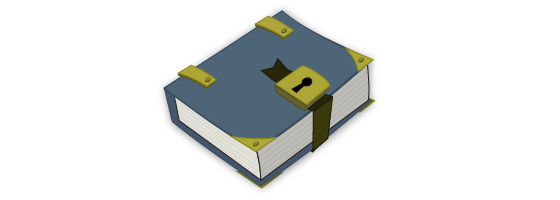It’s time for the second episode of my developer round table. This time I was joined by returning guests, Jamie Fristrom, Tanya Short and Alix Stolzer to talk about a variety of topics.
I changed the format to focus on more topics with less time between them and again I got good feedback from the panel afterwards and I think I have the format set for future round tables, going back to bigger topics that we can spend more time discussing as I think that works out a little better in terms of conversation.
As for this cast, we began at 2:23 talking about the value of exhibiting your game or what you put into getting your game out there and in front of the public. This evolved into talking about bundle sales and just the general problem of backlogs with today’s audience.
At 14:53 we began our next topic which was where is Indie going? For this one we talked about the changing market and how what it means to be an Indie developers is changing. We spoke about how things have changed for Jamie and Tanya who worked previously at major studios before opening their own and we talked about the changing in price and if Indies could release premium or retail priced titles.
Next at 27:20, we talked about the topic — game design: art or science. This topic also looks at the differing design philosophies of indie vs. AAA development. I also asked the panel about their thoughts on mechanic heavy games like tactical or strategy titles vs. story or more emotional titles to see which do they prefer.
At 38:44, we started talking about the type of content that are available in game today: Designer made, procedural or randomly generated and user created and the different pros and cons to them. We also talked about Steam’s Workshop functionality and how it is making user content a lot easier and more popular these days.
At 50:10 we began our next topic talking about competitive vs. cooperative play along with discussing the viability of single player focused titles in today’s market. Games with multiplayer design have shown to retain fans a lot more than just single player but there is also the case for unique single player game design that can do something unique or stand alone. When we talked about competitive and cooperative play, Tanya brought up this presentation about the different motivators or reason to play games from a GDC session.
At 1:11:20, we came to our final topic and that was should designers cater to the player’s ego? With the popularity of social and casual games designed around achievements and quick engagement, are these types of games good for the industry?
Finally at around 1:32:00, I gave the panel a chance for final thoughts and while it wasn’t a contest, Tanya basically won with an amazing speech about getting into the Game Industry.
- If you would like to know more about our panelists, here are the sites for their companies: Happion Laboratories for Jamie, Robot Loves Kitty for Alix and Kitfox Games for Tanya
- For following them, here is the Twitter page for Robot Loves Kitty, the facebook group for Kitfox Games and facebook group for Happion Laboratories
- Lastly for their upcoming or current projects: Tanya has Moon Hunters, Jamie is working on Energy Hook and here is a recent trailer for it and Alix has Upsilon Circuit
Podcast: Play in new window | Download
Subscribe: Apple Podcasts | Android | RSS


